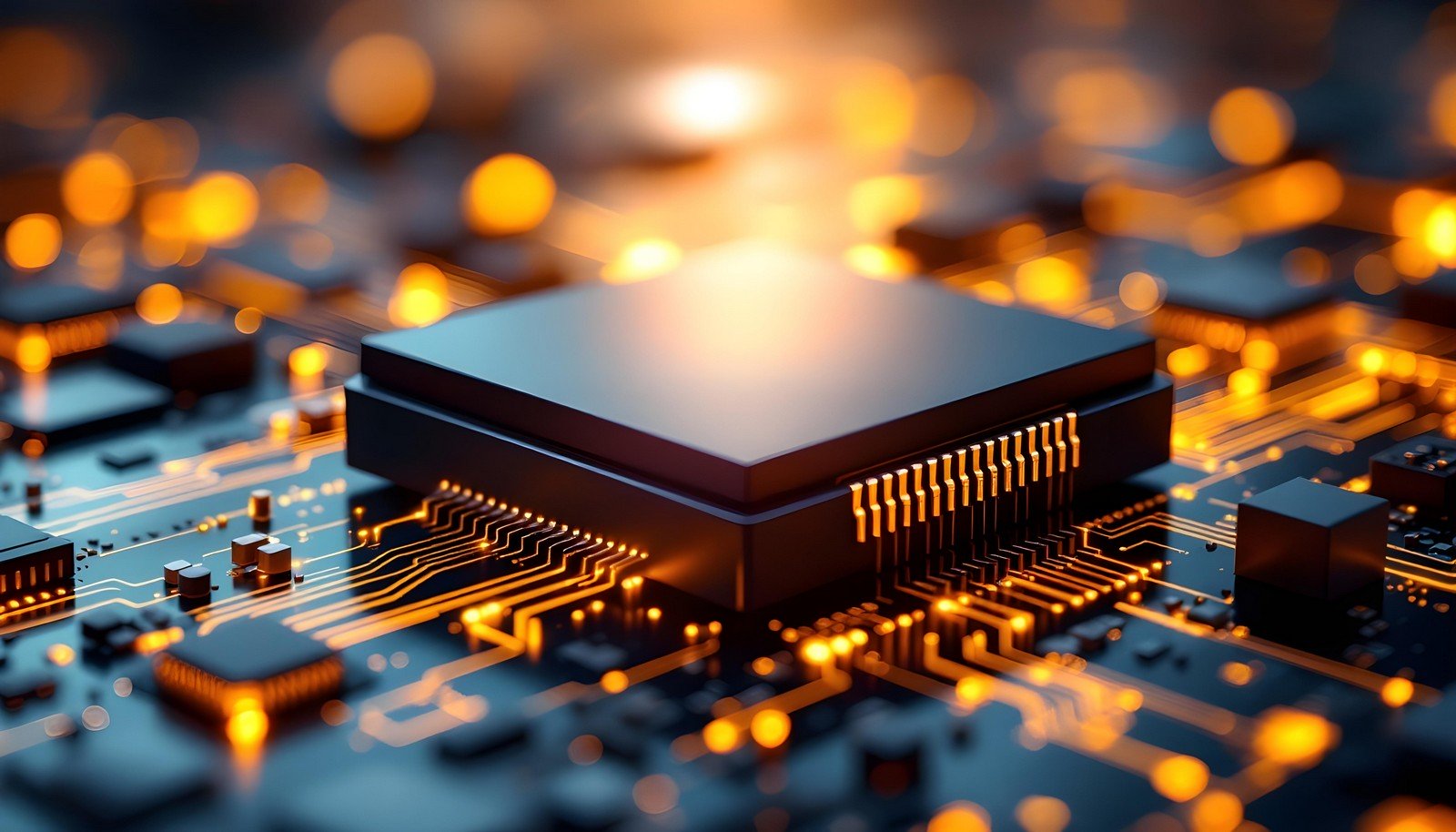Application-Specific Integrated Circuit

Quick Navigation:
- Application-Specific Integrated Circuit Definition
- Application-Specific Integrated Circuit Explained Easy
- Application-Specific Integrated Circuit Origin
- Application-Specific Integrated Circuit Etymology
- Application-Specific Integrated Circuit Usage Trends
- Application-Specific Integrated Circuit Usage
- Application-Specific Integrated Circuit Examples in Context
- Application-Specific Integrated Circuit FAQ
- Application-Specific Integrated Circuit Related Words
Application-Specific Integrated Circuit Definition
An Application-Specific Integrated Circuit (ASIC) is a customized microchip designed for a specific application or use rather than for general-purpose use. These chips are optimized to perform one task efficiently, often integrating numerous features into a compact, high-performance design. ASICs are widely used in industries like telecommunications, consumer electronics, automotive systems, and cryptocurrency mining, where specific hardware requirements must be met with high precision and performance. Unlike general-purpose processors, ASICs reduce power consumption and size while enhancing speed and functionality.
Application-Specific Integrated Circuit Explained Easy
Think of an ASIC like a custom-built LEGO structure. Instead of a LEGO set that can build many things (like a general-purpose computer), this one is designed to make just one specific thing really well, like a tiny, super-fast car. It's like creating a robot that only does your homework: it won’t make you food or clean your room, but it’s the best at that one task!
Application-Specific Integrated Circuit Origin
ASICs emerged in the 1980s as technology advanced, enabling the creation of custom microchips tailored for specific industries. As computing power increased and manufacturing techniques improved, ASICs became essential in creating highly efficient and specialized devices.
Application-Specific Integrated Circuit Etymology
The term "application-specific" highlights its tailored purpose, while "integrated circuit" refers to the microchip's composition of interconnected electronic components.
Application-Specific Integrated Circuit Usage Trends
ASICs have seen a surge in adoption in fields like cryptocurrency mining, where their high efficiency and speed in processing algorithms give them an edge over traditional CPUs and GPUs. Similarly, they’re heavily utilized in medical devices, IoT (Internet of Things) gadgets, and autonomous systems for their compact and high-performance capabilities.
Application-Specific Integrated Circuit Usage
- Formal/Technical Tagging:
- Semiconductor Design
- Microelectronics
- Custom Integrated Circuit - Typical Collocations:
- "ASIC design process"
- "cryptocurrency ASIC miner"
- "customized ASIC solutions"
- "low-power ASIC design"
Application-Specific Integrated Circuit Examples in Context
- Cryptocurrency miners use ASICs for Bitcoin mining due to their superior speed and energy efficiency.
- Modern smartphones integrate ASICs to handle specific tasks like camera processing and connectivity.
- Automotive companies deploy ASICs in electric vehicle systems to control energy usage and battery efficiency.
Application-Specific Integrated Circuit FAQ
- What is an ASIC?
It’s a microchip designed for a specific task or application. - How does ASIC differ from a CPU?
ASIC is task-specific, while CPUs are general-purpose processors. - What industries use ASICs?
Telecommunications, automotive, consumer electronics, and cryptocurrency mining. - Why are ASICs efficient?
They are optimized for a single task, reducing power consumption and increasing speed. - Can ASICs be reprogrammed?
No, they are usually fixed in function, unlike FPGAs (Field-Programmable Gate Arrays). - Are ASICs expensive?
Initial design and manufacturing costs are high, but they’re cost-effective in large volumes. - What are some ASIC examples?
Chips for Bitcoin mining, smartphone processors, and automotive control units. - Why use ASIC over FPGA?
ASICs are more efficient for high-volume, task-specific operations but lack FPGA’s flexibility. - What are the design challenges of ASICs?
High development cost, long design cycles, and the need for precise error-free implementation. - Is ASIC usage growing?
Yes, with advancements in AI, IoT, and blockchain, ASIC usage is expanding rapidly.
Application-Specific Integrated Circuit Related Words
- Categories/Topics:
- Semiconductor Design
- Blockchain
- Embedded Systems
Did you know?
ASICs are a cornerstone of cryptocurrency mining, with their speed making them tens of times more efficient than traditional GPUs for hashing algorithms. A single ASIC miner can outperform an entire room of GPU-based mining rigs.
PicDictionary.com is an online dictionary in pictures. If you have questions or suggestions, please reach out to us on WhatsApp or Twitter.Authors | Arjun Vishnu | @ArjunAndVishnu

I am Vishnu. I like AI, Linux, Single Board Computers, and Cloud Computing. I create the web & video content, and I also write for popular websites.
My younger brother, Arjun handles image & video editing. Together, we run a YouTube Channel that's focused on reviewing gadgets and explaining technology.



Comments powered by CComment